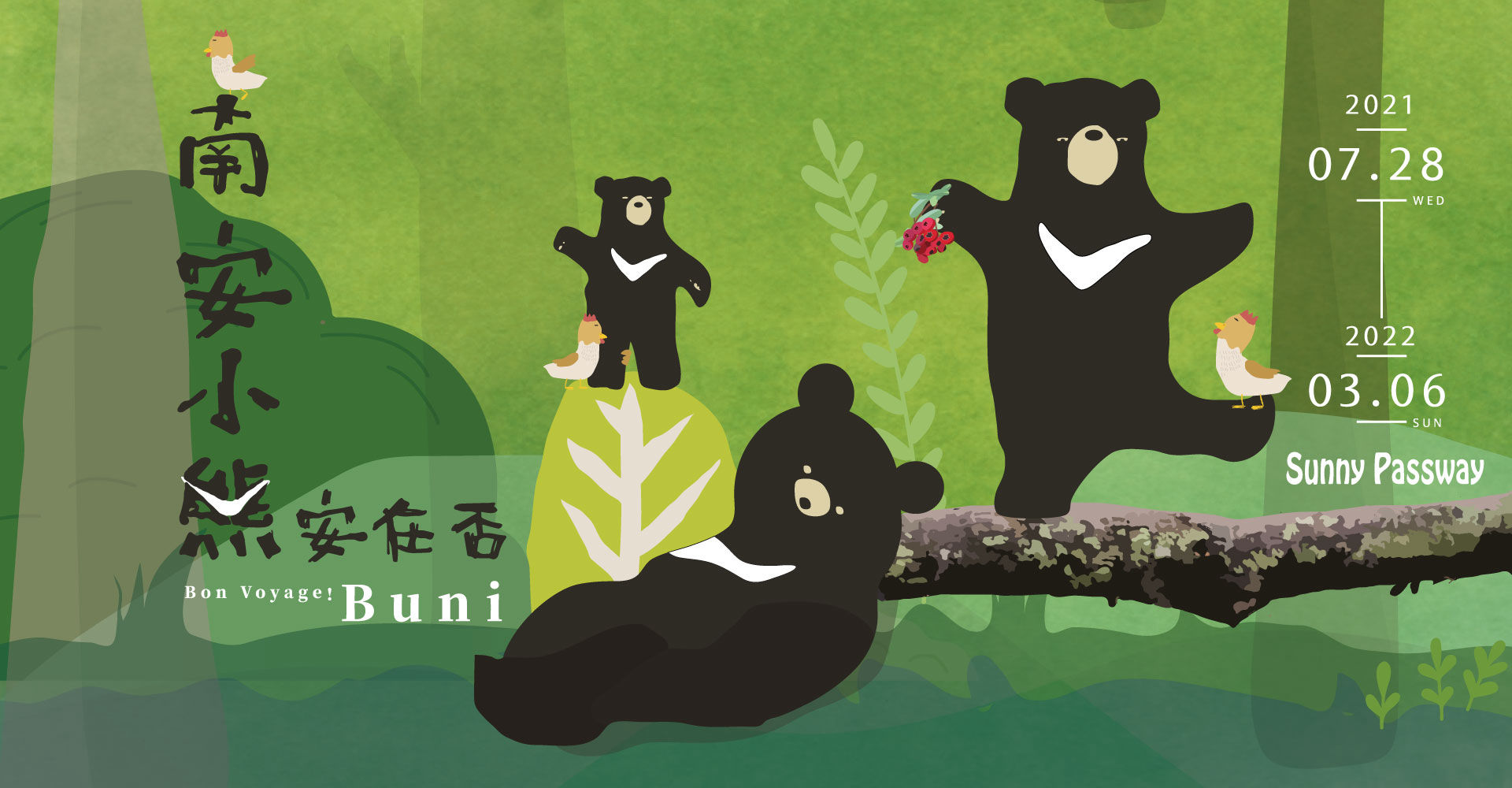

In 2018, a lost black bear cub drew nationwide attention to the conservation of Taiwan Black Bears. The decision to protect the cub triggered a great wave of reflection on wild animal welfare and human. Thankfully, with the joint effort of scholars and conservation institutes, Buni (pet name given to the Nan'an Little Bear) received pre-releasing hunting training and was released to the wild after 280 days.
To share these uncharted experiences of Buni and Taiwanese people, the museum designed an exhibition area including a miniature Nan'an Waterfall on the south side of the Sunshine Passage to documenting Buni’s journey between two worlds- humankind and wildness. Stories on how Buni was cared for, training materials used, and equipment adopted to monitor Buni in the wild are presented. All are welcome to witness this cross-world journey.
The Formosan black bear is a subspecies of Asian Black Bear (Ursus thibetanus). With an adult body length of 130-180 cm and 60-150 kg weight, it is the largest carnivorous mammal on the island.
The Formosan black bear is typical forest dwellers living in middle-altitude forests 1,000-2,500 meters high. Like other bear species, they are solitary, diurnal, and have an excellent olfactory sensation. They build nests for sleep but do not hibernate in the winter. Their diet include various parts of plants, mainly fruits, seeds, buds of trees and bushes, and honey and juicy, soft insects such as termites and grubs. When seasonal plant foods are limited, the Formosan black bear can catch prey such as muntjacs, serows, among others. They serve as long-distance seed dispersers, which enhance the succession of plants, thus critical to the diversity and stability of the forest ecosystem. However, being threatened by extensive human disturbance and deterioration of forestry ecology, they are currently on the verge of extinction. It is estimated that there are only 200-600 individuals in the wild.
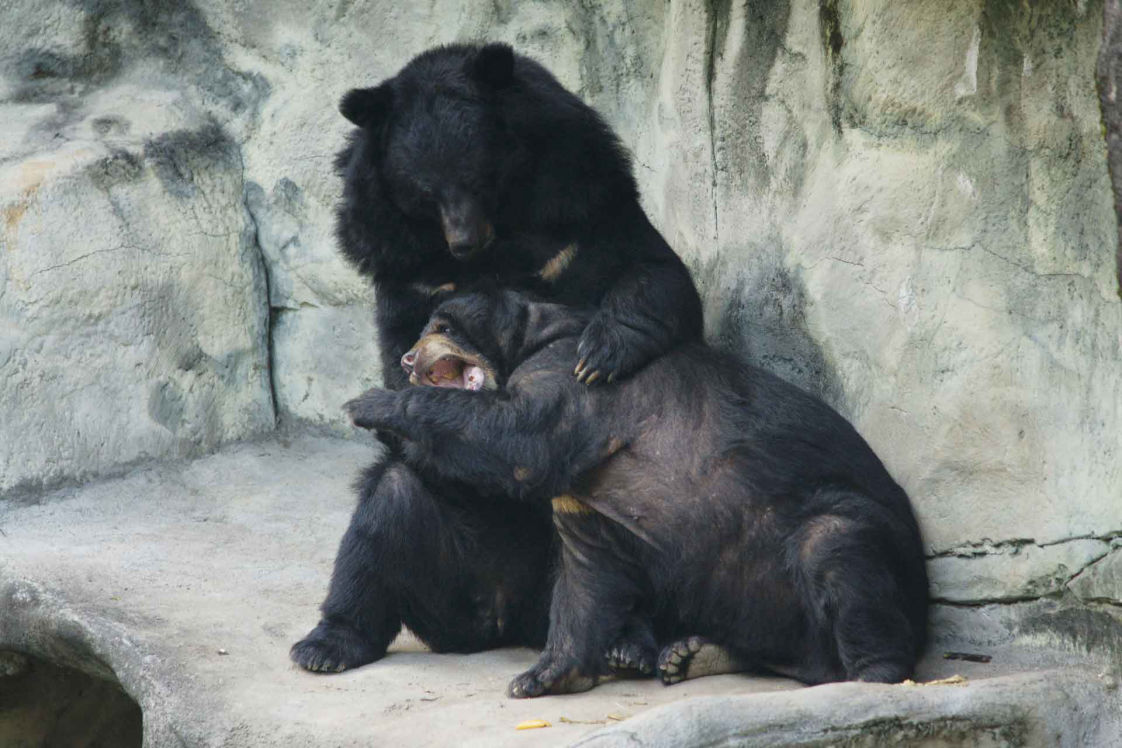
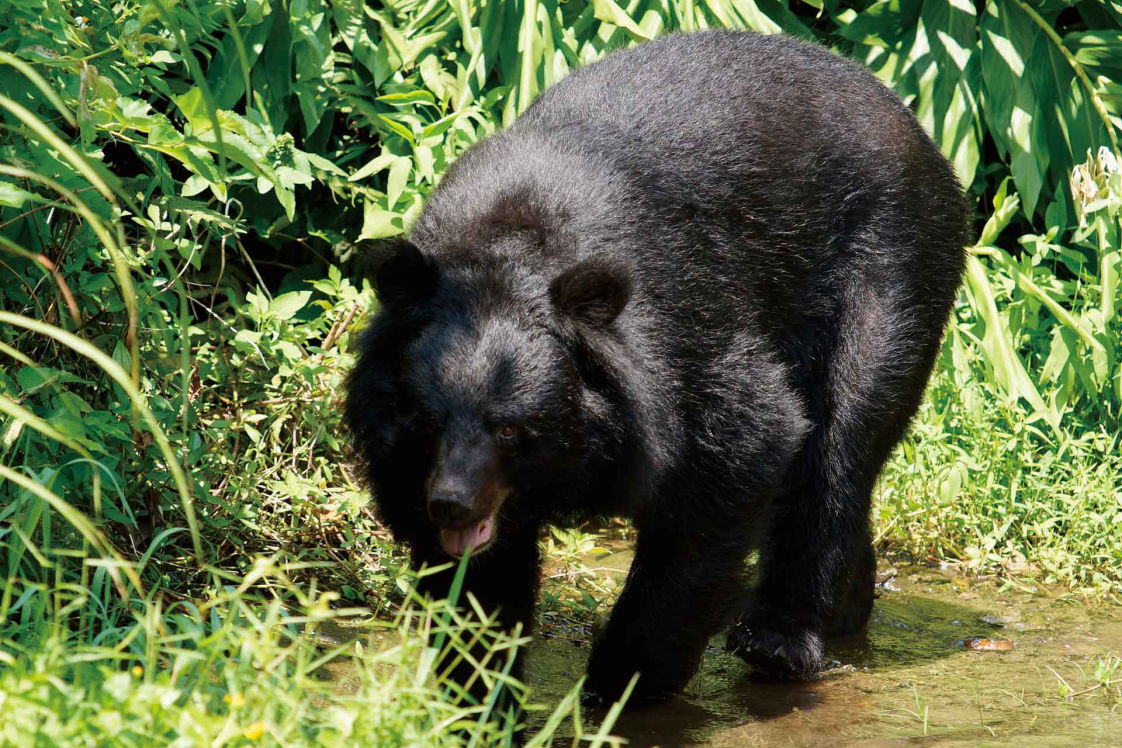
In summer 2018, near the beautiful Nan'an Waterfall in Zhuoxi Township, Hualien County, a black bear cub was found wandering away from her mother. The cub was about 3 or 4 months old. She hasn't weaned and was in danger of starving to death. After the discussion among Black Bear expert Professor Mei-Hsiu Huang of Pingtung University of Science and Technology and the Hualien Forest Management Office, Yushan National Park, and other units, it was decided to keep the cubs on the spot, close the roads to minimize human interference. In the hope that the mother bears can return to meet with the cub. Unfortunately, the mother bear didn't return, and the cub was getting weaker day by day with little chance of surviving independently. To avoid the most dreadful scenario, Professor Huang and other experts decided to take the cub in for short-term care until Buni recovered her health and strength, then launch a field training program to teach her survival skills, and finally bring her back to the wild.
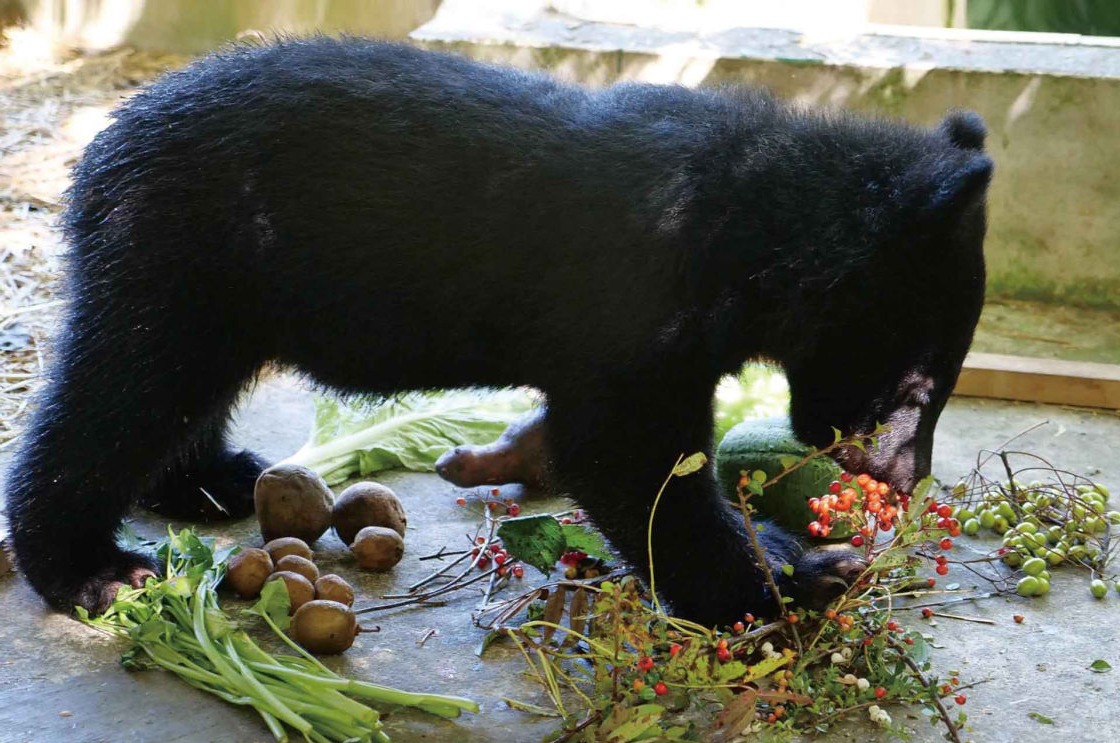
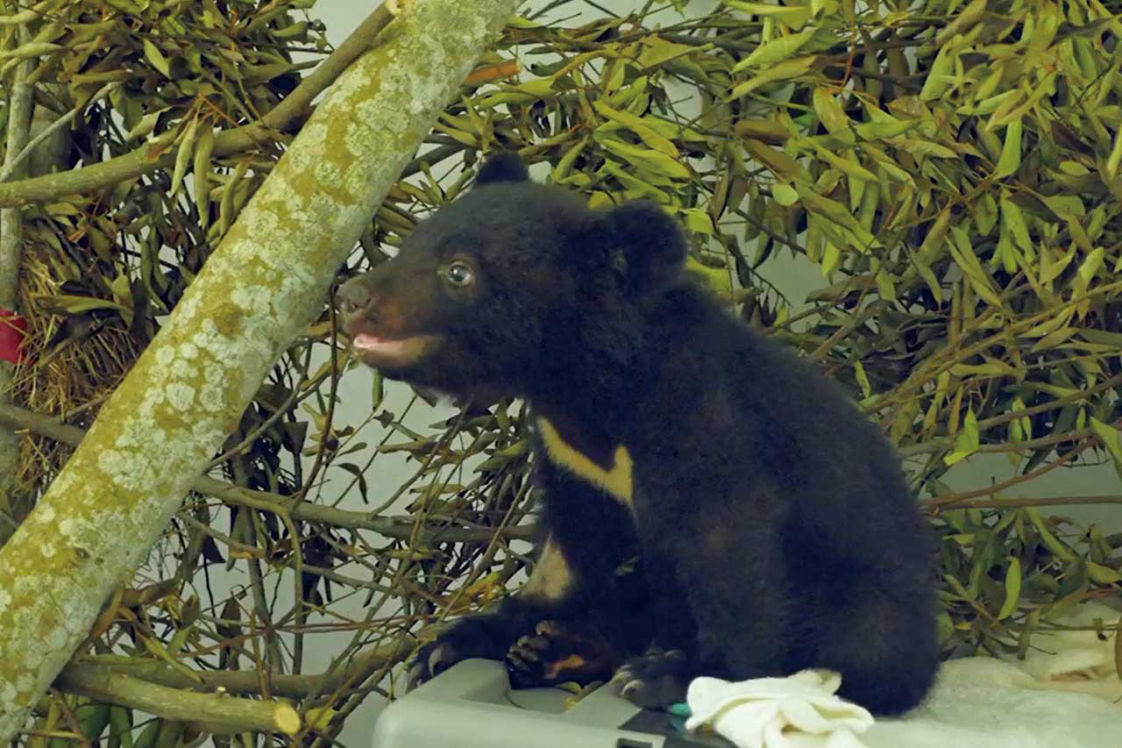
Because of Buni, the very first pre-release training program for wild bear cubs in Taiwan was launched! First, the government used a helicopter to carry the cub to the Low-altitude Experimental Station of the Endemic Species Research Institute in Wushikeng. The cub started her “schooling” in the human world for about nine months. To survive in the wild, the cub has to familiarize herself with the natural, learn what foods are suitable for her and what to avoid, how to forage, hunt, and restore her wildness in her temperament. The key to the training is to learn how to avoid humans and danger, and locate food and other resources. The training paradigms of rewards and punishment were introduced in the skill training program. Some odorants or honey can attract bears, which can be used as rewards. At the same time, pepper spray, firecrackers, and electric shocks can function as ‘punishment.’ These strategies were used to teach the cub what to avoid, e.g., human food, snares, and what sort of food is good for her, e.g., tree-berries and worms. Interestingly, Buni became buddies with a hen that was meant to be her prey during the training process. The hen then gets a nickname as Buni’s “hen pal.”
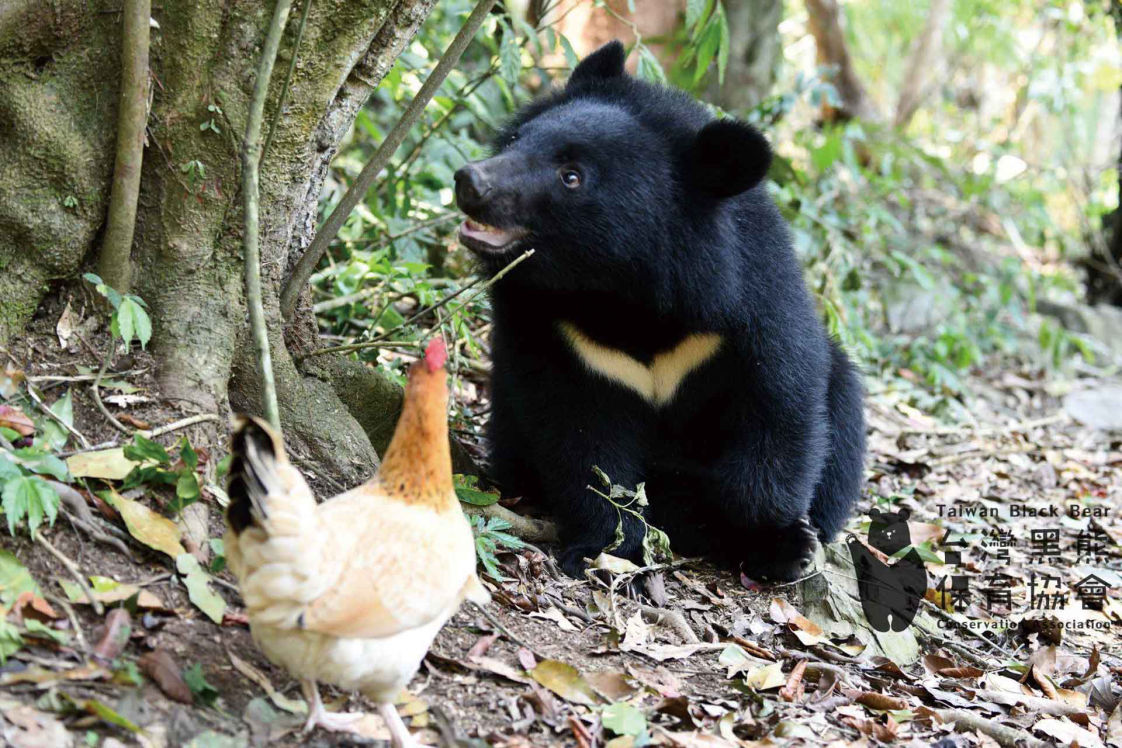
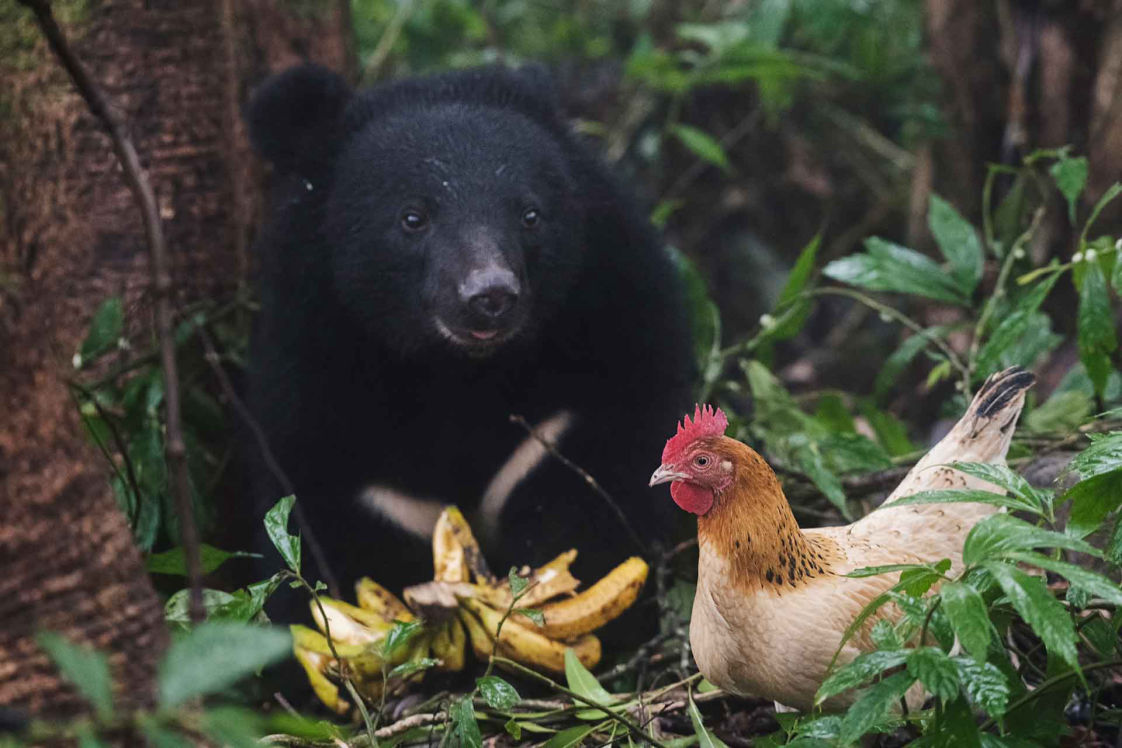
After 280 days, Buni "graduated" from the training program. She had grown stronger. Local indigenous people, tribe Bunun, had given her a Bunun name, "Buni," wishing her life-long health and beauty. In the early morning of April 30, 2019, the Air Crew Corps helicopter transported Buni, safely protected in an iron cage, from the Training Ground to the release area in the mountains of Hualien. When the cage door was open, Buni stepped out of the cage slowly, cautiously examined the outside world. The team lit a string of firecrackers, both as a farewell and a warning.
Buni quickly sprinted far away from the human world and returning to the wildness! Four months later, the infrared camera captured Buni in the wild for the first time. Although she lost some weight, her mellow fur coat, good spirits, and swift actions showed that she had fully adapted to life in the wild. We are delighted to see the forest with such a beautiful bear!
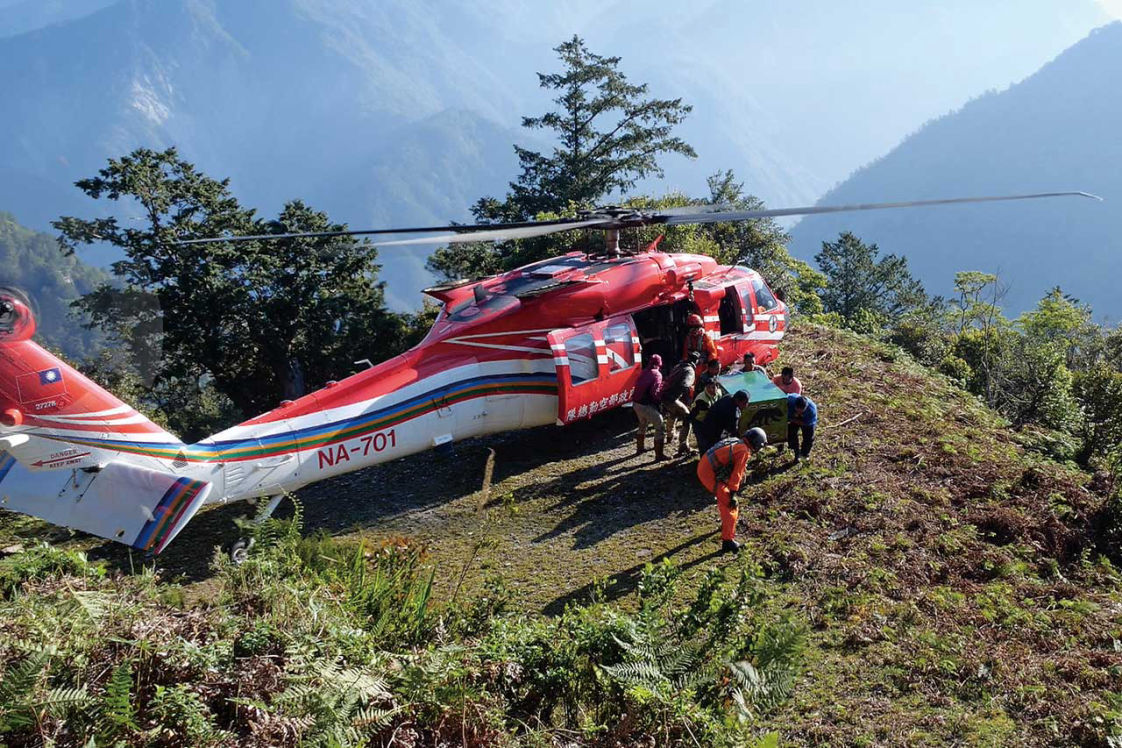
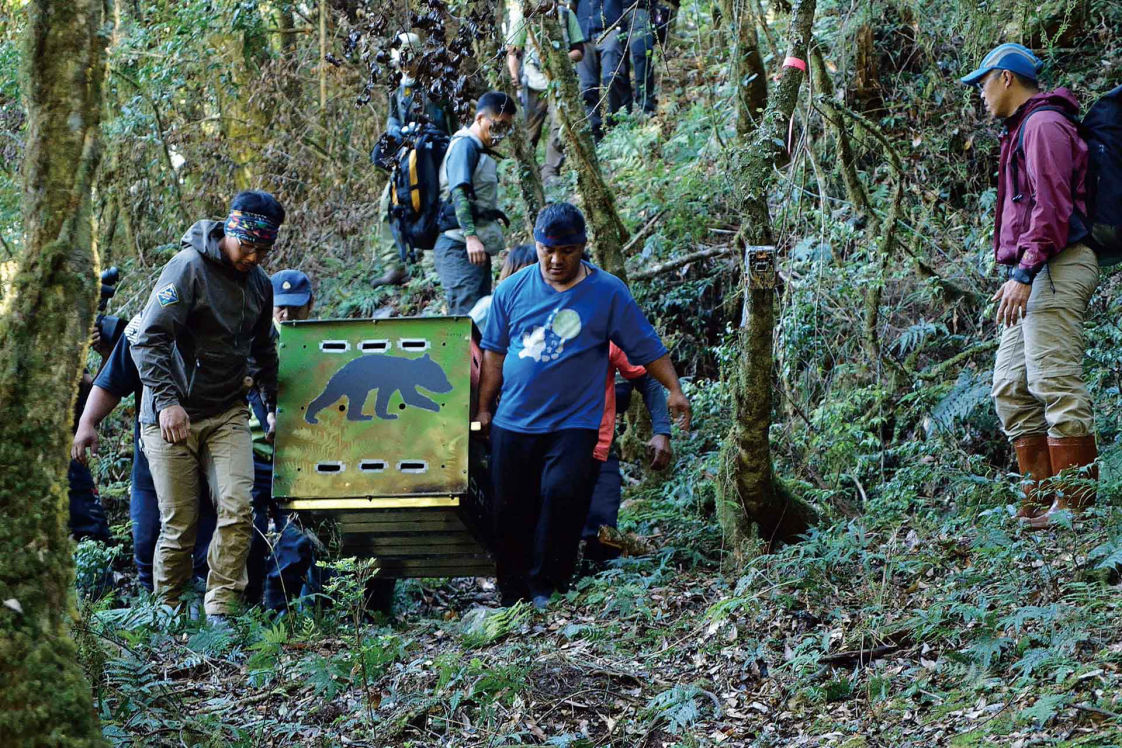
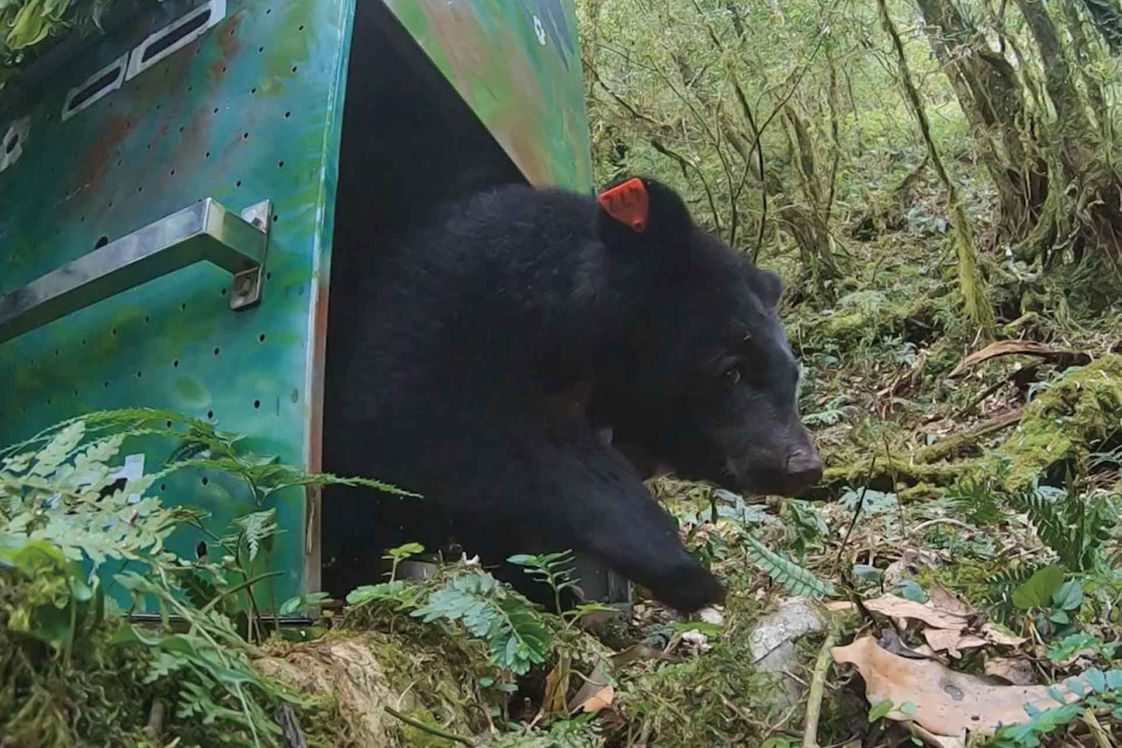
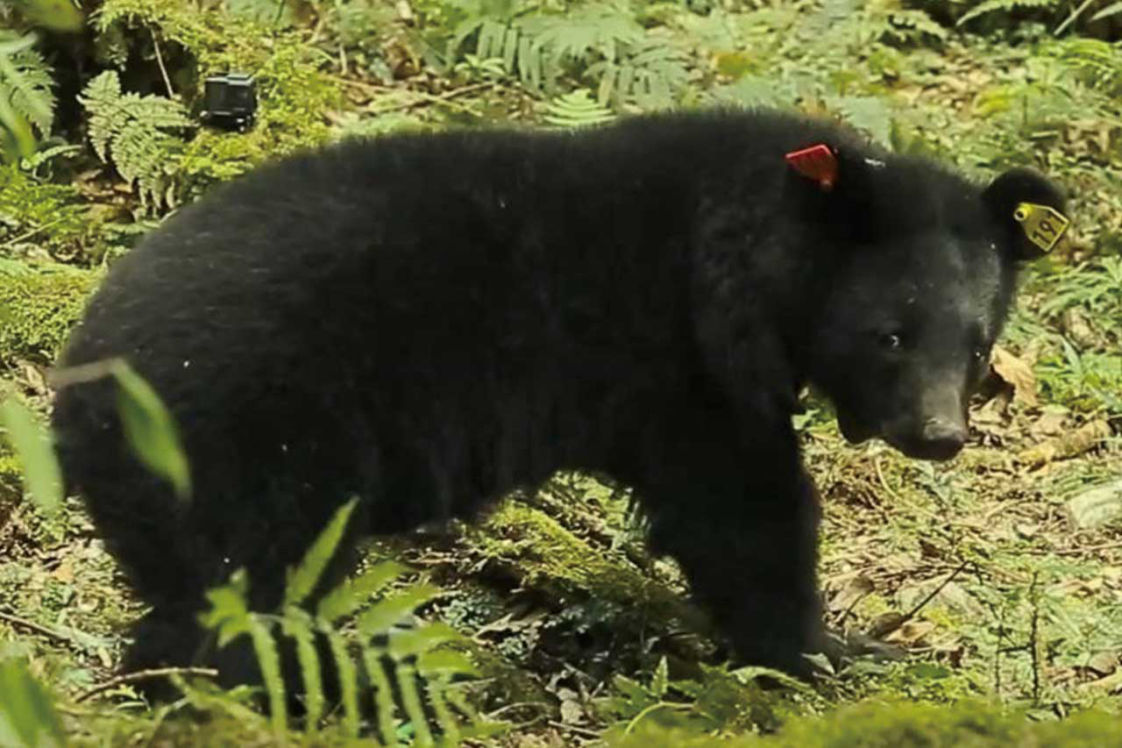
● Sunny Passway
● Jul. 28,2021 - Mar. 06, 2022
Copyright by National Museum of Natural Science
.